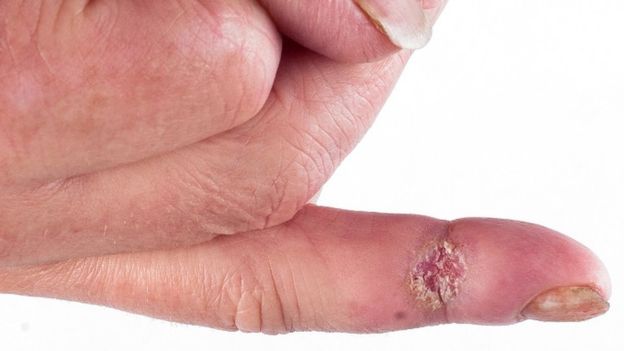Scleroderma and Bartonella… Is there a connection?
Dr. Marra has been treating patients with tick borne illness since 1999 in both Westport Connecticut and Seattle Washington. She has had two patients with severe Raynaud’s Syndrome, a Scleroderma diagnosis, and a positive Bartonella henselae serology test, one from each coast.
Dr. Marra does not think that this is a coincidence as Bartonella is known to reside in the vascular system along the inside of the vessel endothelium. She strongly suspects that Raynaud’s Syndrome and Scleroderma could have an infectious etiology that has been overlooked by the medical community because Bartonella is just now considered an emerging zoonotic infection. There is sparse scientific literature on Bartonella infection implications, and she would like to see more research done in this area.
To date, there is no literature indicating an infectious etiology for either Raynaud’s Syndrome or for Scleroderma. There is also very few treatment options offered to patients with these diagnoses. Typically they are left to suffer with these diseases, and Scleroderma can be extremely painful.
Dr. Marra suggests to any patients that have Raynaud’s Syndrome or Scleroderma to be tested for Bartonella henselae through Igenex laboratory. It’s important that the test be done accurately so that tests document the presence of an infection. If an infection is present, prompt use of antimicrobial herbs or antibiotics is extremely important. It is also beneficial that herbs or antibiotics are taken just prior to a very hot shower so that the medicine can reach the peripheral tissue.
In both patients who were found to have a Bartonella infection, subsequent antibiotic therapy was initiated with substantial symptom relief. Better blood flow occurred and the pain and swelling in the fingers receded. Of course this is simply anecdotal evidence, but in the face of having no scientific articles to turn to, this may be a valuable clinical observation for patients with either Raynaud’s Syndrome or Scleroderma.

